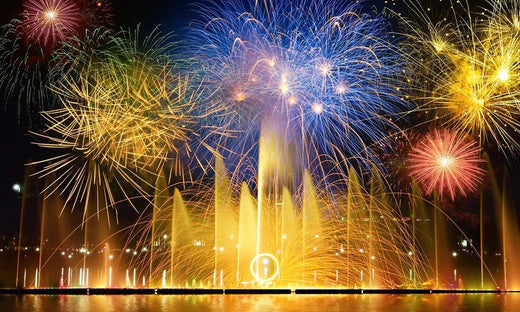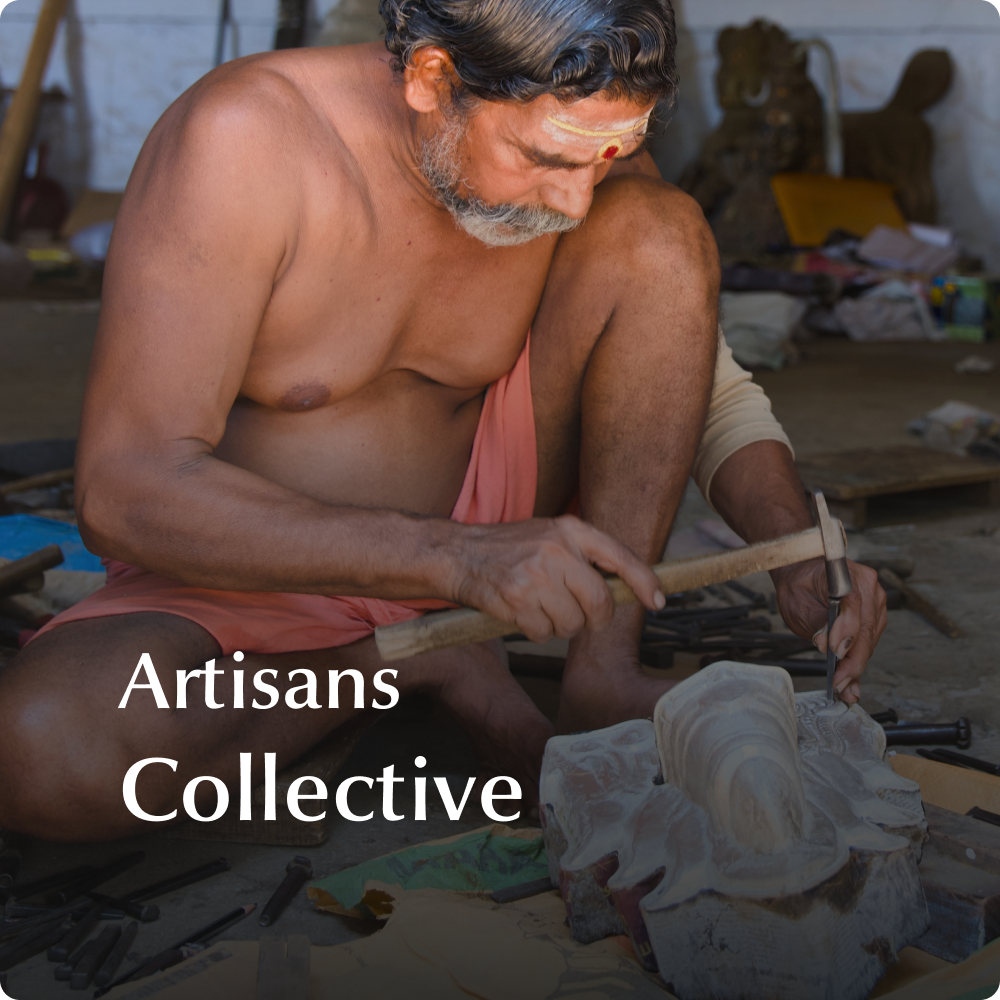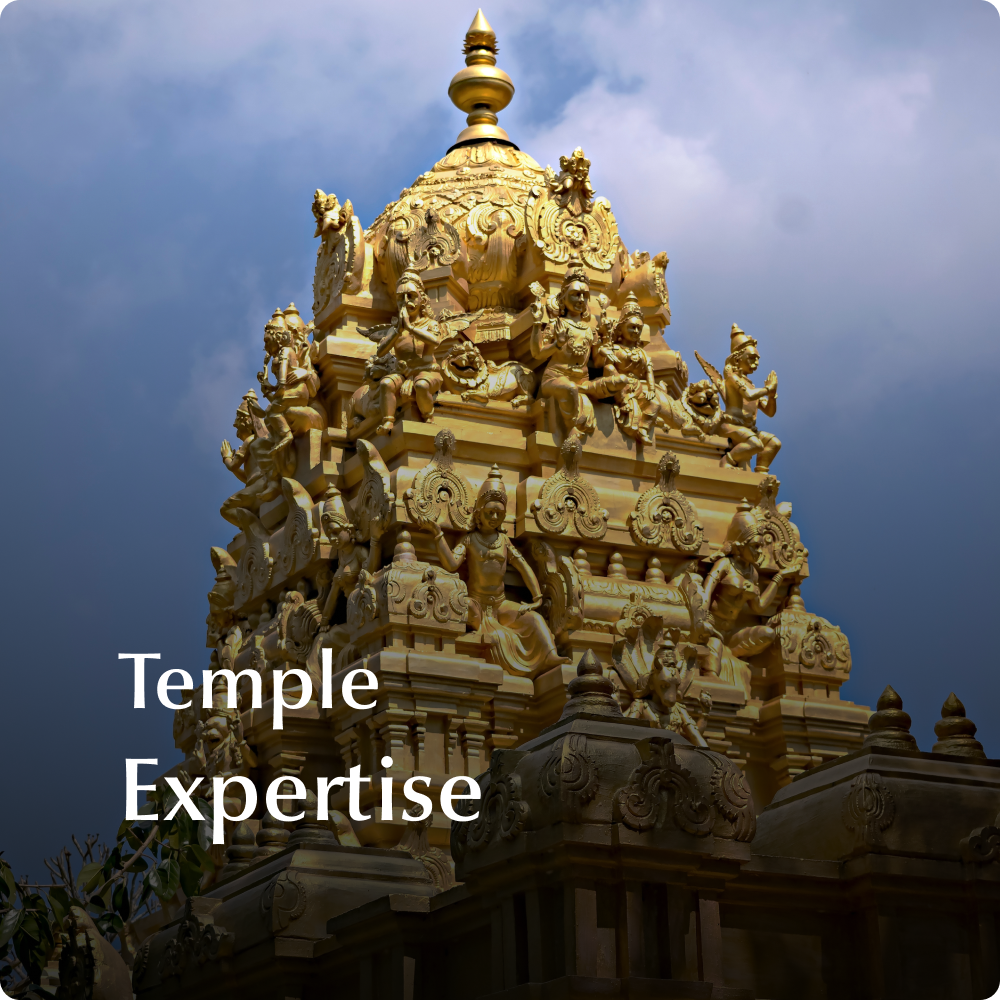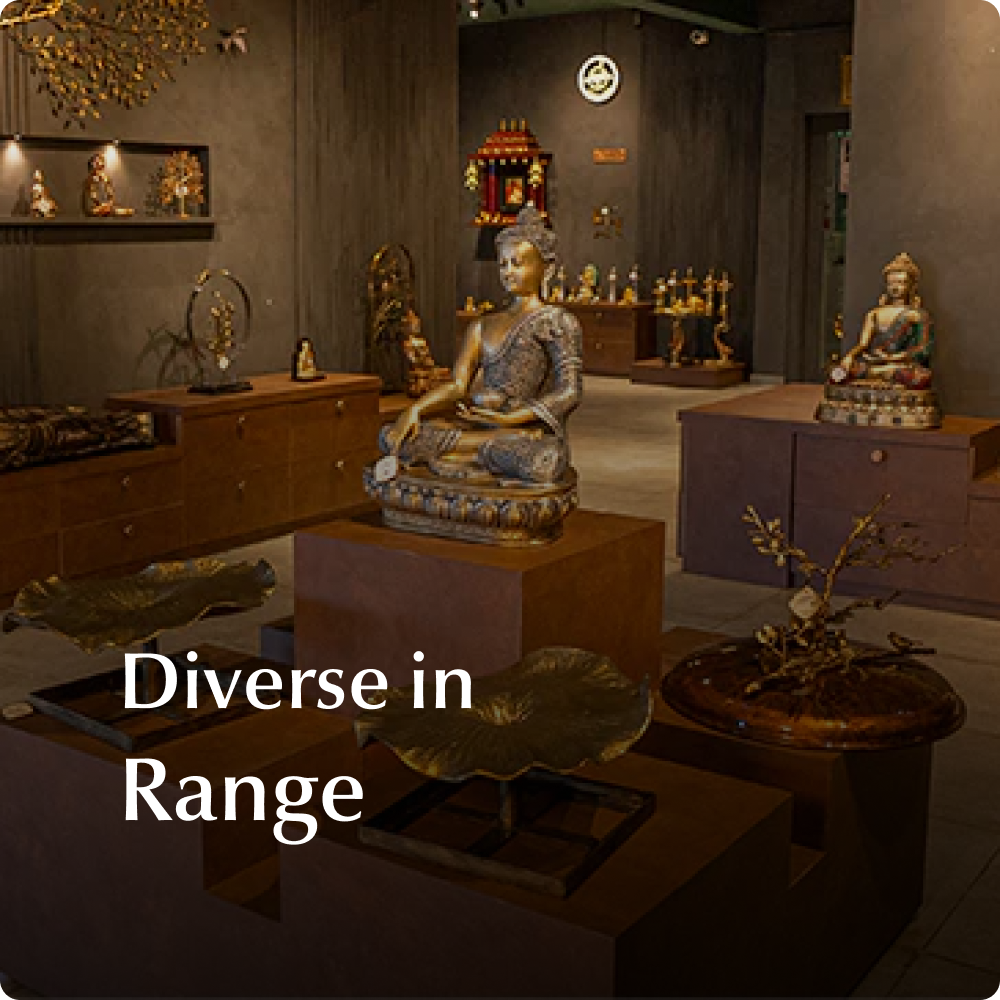Are you someone who loves New Year just as much as we do? The turn of the years creates a wonderful sensation of hope and wonder, mixed with just the right amount of anxiousness to go with what the year may bring. Being in India, New Year had always been about Parties at Clubs or Private gatherings of friends and family, warm food and drinks, merry music and for the devout, church services or Puja at the temples. Even the media covers only these aspects of New Year.
Not being an ethnic festival, it rarely entails any form of tradition or beliefs that go with it. However there are so many places around the world that have unique traditions and customs that go the full range from mystical to fun.

New Year in Phillipines:
Starting with the closest location, New Year in the Philippines is about family values. Relatives working in other parts of the country or even the world come home to spend the holidays with their family. The second most important part of New Year is to welcome wealth into their lives. Round shapes are believed to bring prosperity as coins are also round. They try to incorporate circles in literally everything. From polka dots on clothes to round shaped food and decorations, one literally goes around in circles. The savoury dish Pancit and Sticky rice cakes all make in round dishes are the traditional food served during New Year. Whole pork and Fish are also roasted or grilled. The people make loud noises at midnight to drive away negativity and jump as high as they can, believing it makes them taller.

New Year in Japan:
If you thought counting down from 10 was exciting, try 108. That’s what Japan does. At the stroke of midnight, bells are rung 108 times, a remnant of ancient Buddhist traditions. The number represents the 108 human sins and the ritual which is called Joyo Na Kane, is said to drive away negativity. People prepare the Toshikoshi Soba, a noodle dish in hot broth that is shared with friends and family. A more elaborate spread is the O-sechi ryori, a set of dishes each representing a different aspect of luck. The sweet dish is the traditional Kagami Mochi, made form sweet rice flour and red bean paste. They are made a day earlier and broken to eat on New Year. People send New Year Greeting cards to friends and Family. Like India, the Japanese also visit their shrines to pray for good luck and success in the coming year. They also gather on high places or beaches to view the first sunrise of the year, said to bring good fortune.

New Year in Spain:
Being a predominant Christian nation, preparations for New Year begin soon after Christmas in Spain. A fun tradition is to eat the twelve lucky grapes when the clock strikes midnight. Amidst all celebrations, everybody young and old stops their revelries to eat 12 green grapes at midnight. The Spanish believe that the holiday season is lucky and purchase Lottery tickets.
Lentil soup is made for lunch, and the each lentil is said to be a coin that brings prosperity to the home. The colour red is rampant in the decorations and clothes. The midnight toast consists of a glass of Cava, in which a gold object is dropped. One must drink it all down and retrieve the gold object for year round luck. After the 12 rings of the bell, people step forward with their right foot to symbolise that life must move forward and things shall always go right. Bakers bake Panecillos, that are small round cookies. If you can resist temptation and save one for the whole year along with a coin, then it shall bring a windfall of fortune.

New Year in Denmark:
The Danish have plenty of fun on New Year’s along with whimsical traditions that stem from popular media. The Danish royal family is one of the oldest monarchies and the Queen makes a speech at 6PM on New Year Eve and people watch it live on TV. The celebrations are marked with glitter bombs ad cracklers that leave everything carpeted in Glitter, confetti and ribbons. Funny hats are bought for the party and distributed to guests.
The comedy sketch of The 90th Birthday that shows the funny incidents that occur from a butler having to stand in for his 90 year old Patron’s long dead guests. It is broadcast every New Year Eve and the Danes never fail to watch it. Right at the stroke of midnight, kids and adults alike jump from a chair or couch onto the floor, symbolising jumping into the New Year.
Kransikage, a sweet dish made by stacking wreath cakes and topped with white frosting is served. The midnight toast is made with Champagne. The Danish spend lavishly on fireworks. Every individual lights up the sky with fireworks in a dazzling display. Plates are collected through the year and broken by throwing them at the doors of friends and families.
The first day of the New Year is spent watching Ski-Jumping competitions. The day ends with a broadcast of the Prime Minister’s speech, which is a tradition they have been following from 1940.

New Year in Ecuador:
Ecuador is well known for its colourful celebrations and New Year’s is no exceptions. New Year is the time to bring out their creativity in effigies that represent the Ano Viejo, the Old Year. The effigies are made in all sizes and shapes, each one better than the other. The effigies are burned at midnight, to symbolise the burning of old fears and bad experiences from the past year. Some families also burn pictures and letters that contain lists of wishes they want fulfilled in the year ahead.
Men dress up as women in traditional clothes and dance on the streets. They represent the widows of the Old Years who were burned. The popular colour for New Year is yellow, considered to be the luckiest colour.
Like the Spanish, the Ecuadorians also have the tradition of eating 12 green grapes at midnight, one for each stroke of the clock. The people attending Church, light 3 candles, one each for love, health and money. Firework displays light up the sky as people celebrate out in the open.
New Year is the time for us to turn our life around. From taking resolutions to signing up for the gym, we all do our part to be a better version of ourselves. We hope the New Year brings you joy and prosperity, and a happy year with your friends and family. If you know of more quirky traditions from around the world, or have a family custom that is interesting, share it with us and our readers in the comments below.







